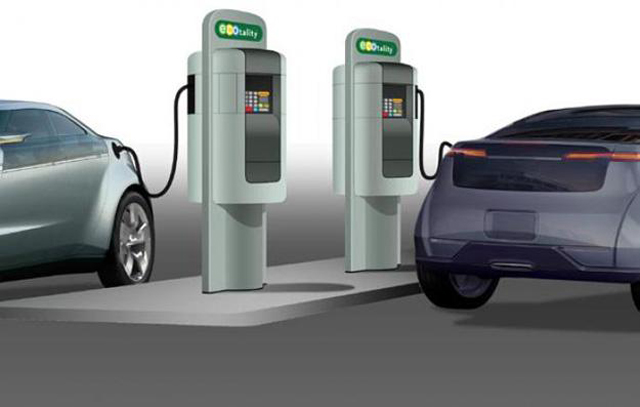Electric Vehicle Charging Stations
Electric mobility will also contribute to balancing energy demand, energy storage and environmental sustainability. Electric mobility comes with zero or ultra-low tailpipe emissions of local air pollutants and much lower noise, and, by being one of the most innovative clusters for the automotive sector, can provide a major boost to the economic and industrial competitiveness, attracting investments, especially in countries.
So basically, there are two places where you can charge your EV and that is, first, obviously your home and the second one is at some public place like- parking plots, shopping malls, workplace, residential area, hotels etc. An electric car or bike can be easily plugged into your home and charged with the use of an EV charger. It is found that over 80% of the electric car users charge their EVs overnight at home or at work. So, first of all we will go with the basic charging place that is our home, and then we will move further to the public places.
The Electric Vehicle industry in India is far behind, with less than 1% of the total vehicle sales. Currently, Indian roads are dominated by conventional vehicles and have approximately 0.4 million electric two-wheelers and a few thousand electric cars only. The Indian EV industry has been on the back seat due to various challenges. The government of India have undertaken multiple initiatives to promote manufacturing and adoption of electric vehicles in India. With support of the government, electric vehicles have started penetrating in the Indian market. However, availability of adequate Charging Infrastructure is one of the key requirements for accelerated adoption of electric vehicles in India.

